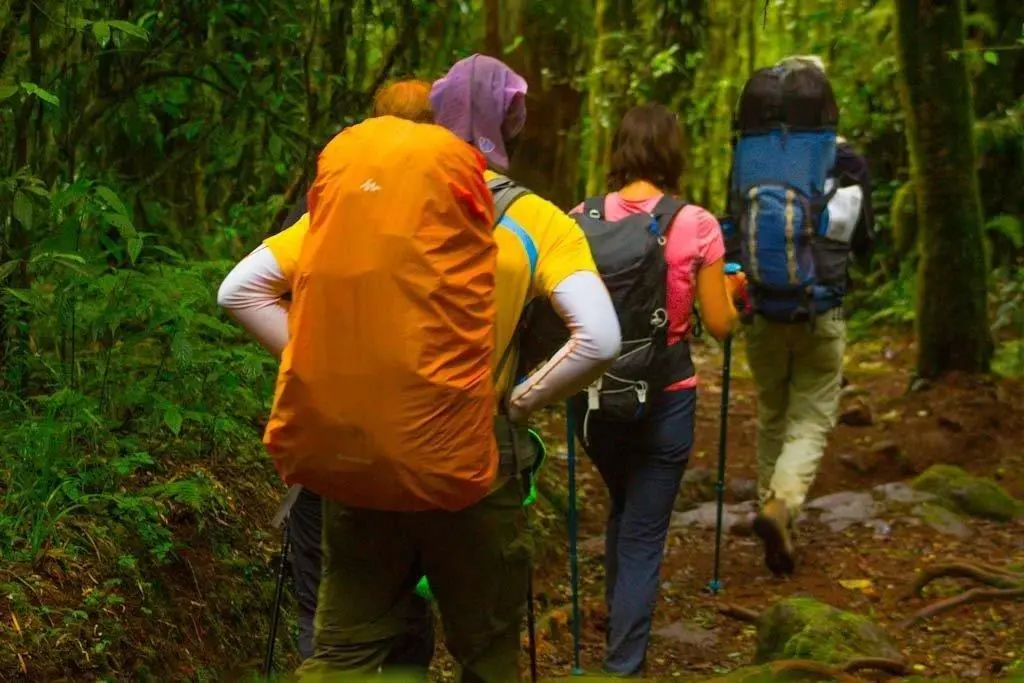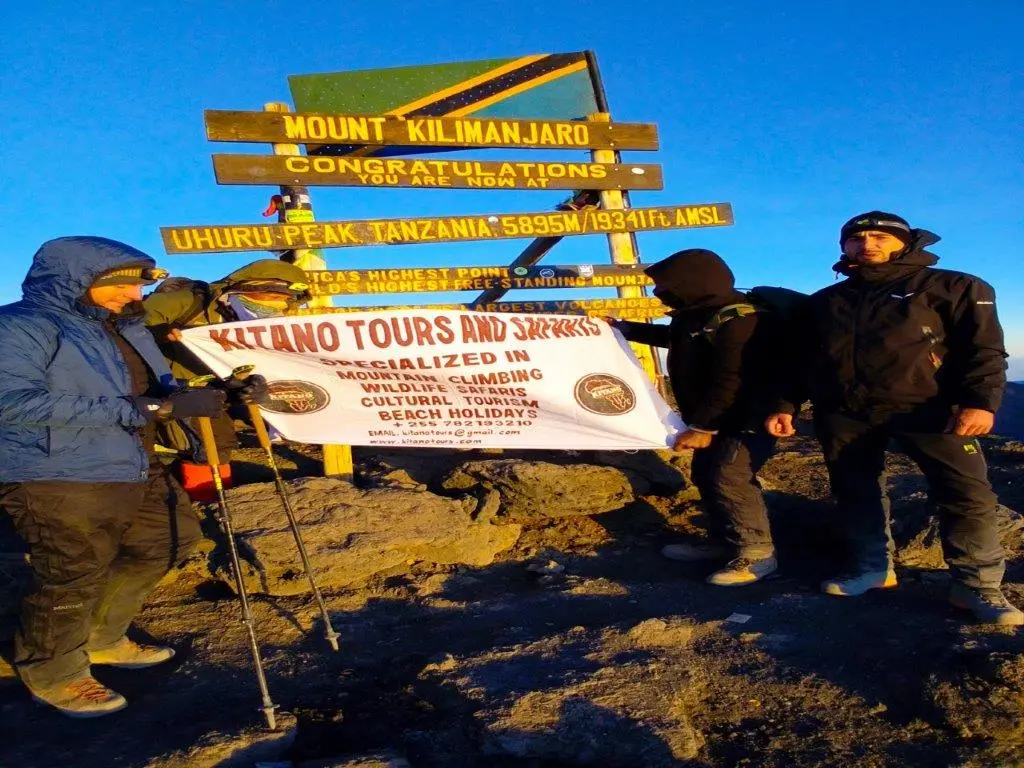Difference Between Kilimanjaro and Everest
However, while Mount Everest is undoubtedly more technically demanding, Mount Kilimanjaro offers its own set of challenges that should not be underestimated. Despite being considered a trekking peak, Kilimanjaro's high altitude and unpredictable weather conditions can be formidable. The climb to Kilimanjaro's summit involves navigating steep trails, enduring extreme temperature fluctuations, and battling the effects of high altitude.
One crucial factor that sets Kilimanjaro apart from Everest is the accessibility of the trek. Unlike Everest, which requires substantial logistical planning, permits, and significant financial resources, Kilimanjaro is relatively more accessible to climbers. This accessibility attracts a diverse range of adventurers from around the world, making it a popular choice for those seeking an unforgettable mountaineering experience.
Another aspect to consider is the duration of the climbs. Ascending Everest typically takes several weeks, with climbers staying in high-altitude camps and acclimatizing along the way. In contrast, the ascent of Kilimanjaro can be completed in about a week, making it more feasible for individuals with limited time constraints.
In terms of popularity, Everest undoubtedly takes the lead due to its renowned reputation and association with mountaineering history. The allure of conquering the world's tallest peak draws adventurers from all corners of the globe. On the other hand, Kilimanjaro's mystique lies in its status as the highest freestanding mountain and its location within the beautiful landscapes of Tanzania.
In conclusion, both Mount Kilimanjaro and Mount Everest offer remarkable challenges to mountaineers. While Everest is considered more technically demanding and requires advanced skills, Kilimanjaro presents its own difficulties and charms. Ultimately, the choice between the two depends on your level of experience, available resources, and personal aspirations. Whichever peak you choose, remember to prioritize safety, respect the environment, and embrace the awe-inspiring journey of conquering nature's giants

.webp)
.webp)
